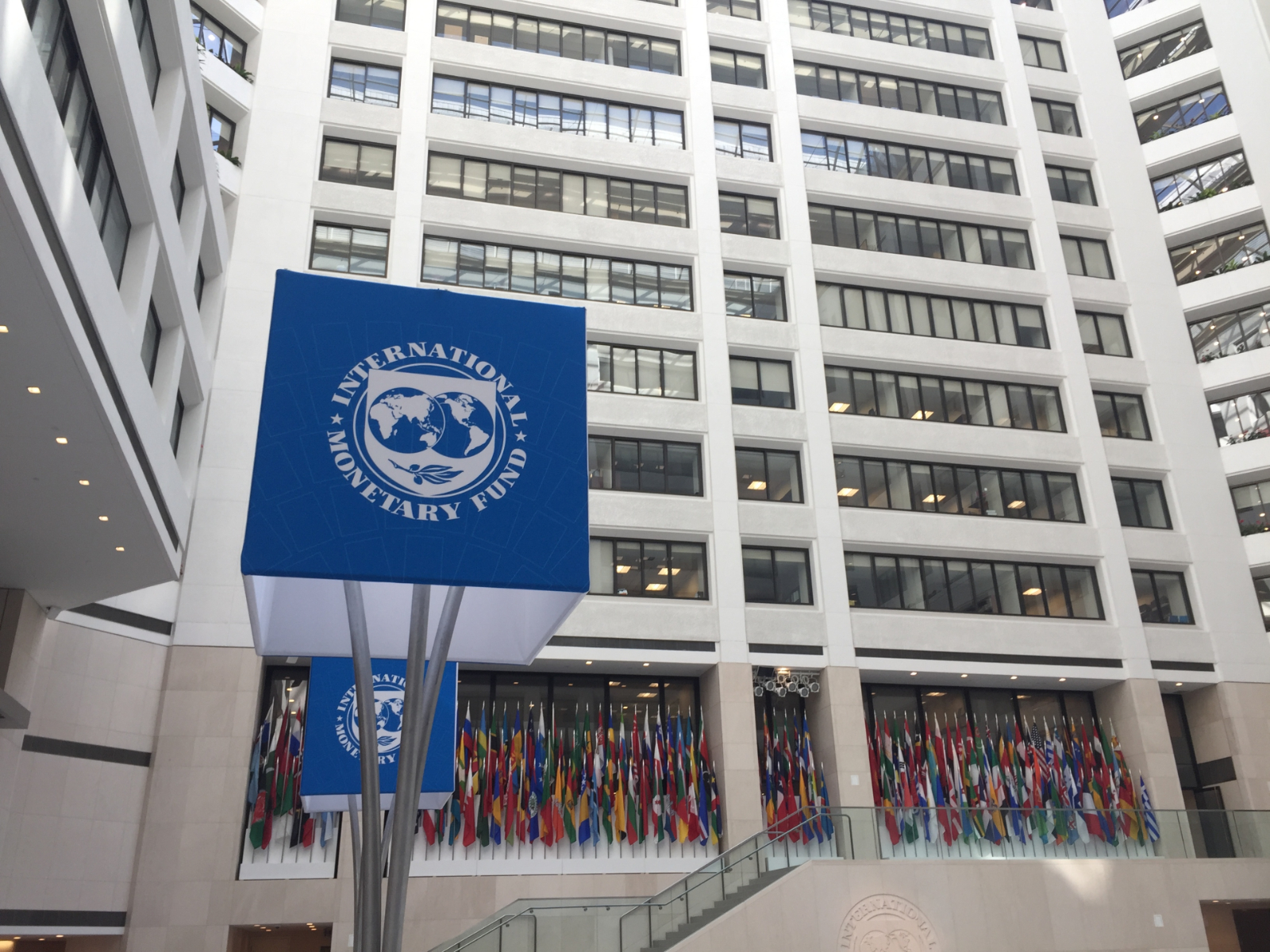IMF releases staff report on pandemic aid to Egypt

The IMF report card that supported Egypt’s pandemic aid package is now out: The International Monetary Finance (IMF) released on Monday a staff report that followed discussions in June that saw Egypt earn a combined USD 8 bn in pandemic aid. The IMF approved in late June a one-year, USD 5.2 bn standby loan to help the country plug a balance of payments shortfall, as well as a separate USD 2.8 bn rapid financing instrument Cairo received a month earlier for “targeted and temporary spending.”
In a nutshell, the boss loves us: Staff praised Egypt’s “strong set of policies and the authorities’ commitment to pursue the [original] objectives of the [IMF-backed reform] program.”
Egypt was on a roll pre-pandemic… Before the covid-19 crisis, Egypt “was one of the fastest growing emerging markets, having achieved macroeconomic stabilization after a successful economic reform program,” the fund said. This was supported by the 2016-2019, USD 12 bn IMF loan and policies that corrected large external and domestic imbalances, boosted growth, and expanded social safety nets, while containing public debt, essentially giving the country solid macroeconomic indicators and “relatively” powerful buffers heading into the pandemic.
We got brownie points for our post-pandemic response… The government’s EGP 100 bn stimulus package, which amounted to 1.8% of GDP, the Central Bank of Egypt’s (CBE) historic 300 bps interest rate cut in March, improvement in covid testing and healthcare capacity, and practicing social distancing to curb the virus’ spread were all reasons for the staff’s endorsement of the loan.
…On the downside, we asked the IMF for help because of “considerable uncertainty” thanks to the pandemic. “Risk-off sentiments resulted in financial market turbulence, a significant reversal of capital flows, and large reserves losses.” Domestically, this translated to a fallout in the tourism industry and remittance flows from expat workers and lower Suez Canal receipts, the fund adds. “This backdrop” led Egyptian authorities to turn to the IMF for aid in order to “support their macroeconomic stabilization plans.” The stand-by loan “will help maintain macroeconomic stability amid the heightened uncertainty,” and “also address selected critical structural reforms, including debt management, transparency of state-owned enterprises (SOEs), and the business climate.”
What authorities are expected to do to keep the IMF smiling:
- Achieve a primary budget surplus of 0.5% of GDP in FY2020-2021 by striking a balance between response spending and public debt;
- Keep monetary policy “data driven” and inflation within the CBE’s target range;
- Use fiscal policy to support the vulnerable;
- Remain committed to exchange rate flexibility and the gradual accumulation of foreign currency;
- Not introduce any new CBE-subsidized lending schemes and not renewing existing schemes once the allocated resources are fully used, keeping CBE lending to banks only for short-term liquidity;
- Continue to implement structural reforms that began with the 2016-2019 IMF-backed program, including improving fiscal governance, lowering financing needs, strengthening the social safety net, creating room for priority spending (health, education, and social protection), and improving public financial management.
A quick rundown of other highlights from the report:
Egypt has a sufficient capacity to repay outstanding loans to the fund. Fiscal and external position improvements will ensure the country’s “continued market access and adequate capacity to repay,” as well as “continued engagement to roll over maturing official deposit liabilities at the CBE at longer maturities even after the program.” But some risks remain: fund credit is forecast to peak at 49.5% of gross foreign currency reserves in FY 2020-2021 and at 8.3% of total goods and services exports in FY 2024-2025.
The IMF will be monitoring how we do through “semi-annual reviews,” with the first scheduled for December 2020 and the second in June 2021. The state’s FY2020-2021 budget has already been ratified by the House of Representatives with this understanding in mind, and “quantitative targets are set with test dates for end-September 2020 and end-March 2021.” The IMF will be on the lookout for performance indicators including net international reserves, the primary balance, and non accumulation of external debt payment arrears. There are also proposed indicative targets on the size of government overdrafts with the CBE, tax revenues, a minimum level of social spending, and the share of net new short-term issuances of treasury securities to total domestic treasury issuances.
Looking ahead, Egypt’s growth outlook for FY 2020-2021 has been further revised down by the fund to 2% from 2.8% earlier in the pandemic because “the global recovery is now expected to be more gradual and domestic activity is projected to remain weak.” Domestic activity is forecast to contract in the ongoing quarter and stage a small recovery in the next quarter that would lead to “a potentially stronger rebound in 2021.”
Inflation is forecast to jump to an 8% average by the end of the fiscal year, up from 5.8% in FY 2019-2020, reflecting “several underlying factors including unfavorable base effects.” Public finances will continue to come under pressure, with debt-to-GDP projected to rise to 93% before bouncing back to a downward trajectory. External balances will also continue to weaken amid the “the significantly weaker global outlook and lower foreign inflows.” Our banking sector, meanwhile, is expected to remain robust.
Read the report: Tap or click here for the landing page or download directly here (pdf).